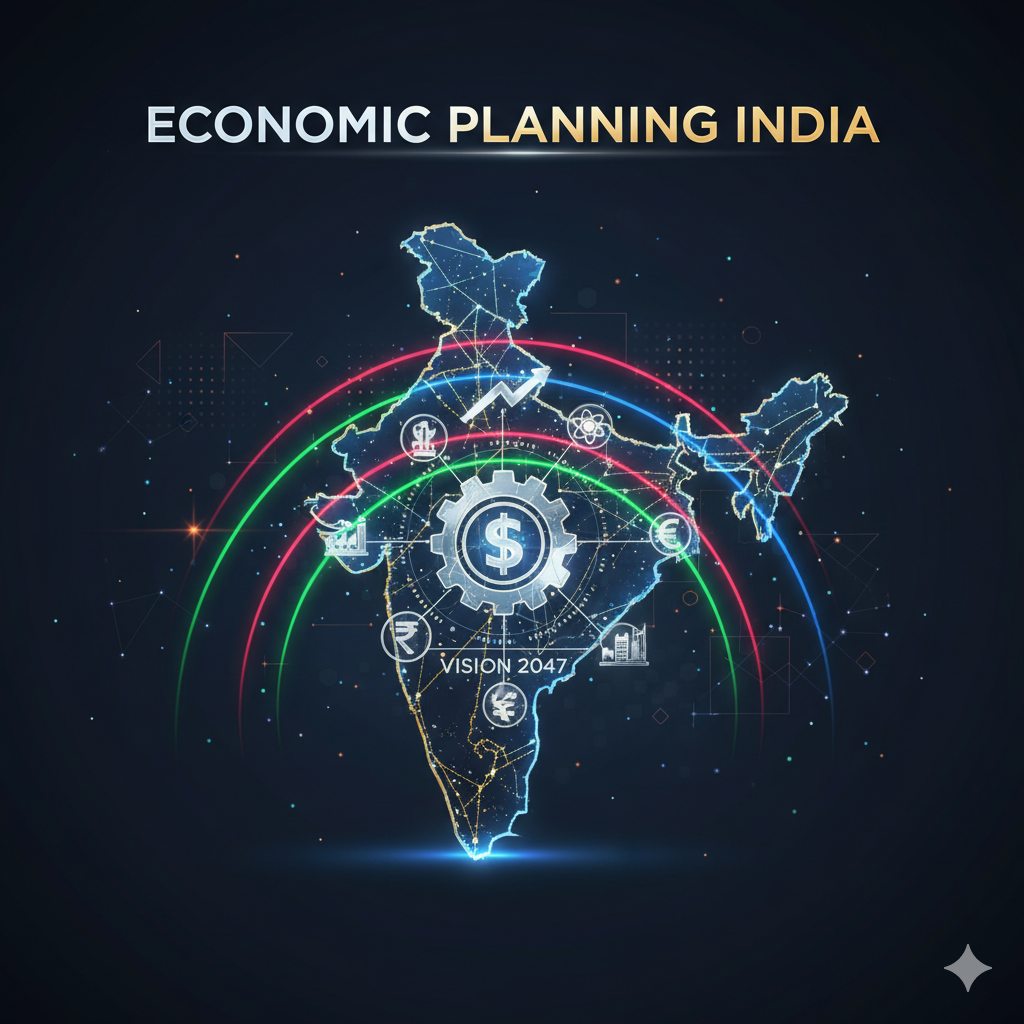Introduction
Disasters—natural or man-made—have profound and wide-reaching consequences across various sectors of society, from health and infrastructure to agriculture, education, and industry. While overarching disaster management frameworks provide foundational principles and strategies, sector-specific guidelines are essential for translating these principles into actionable, context-sensitive measures tailored to individual sectors. These guidelines are crucial in reducing vulnerabilities and enhancing resilience by addressing the unique risks, operational dynamics, and recovery needs of each sector.
This essay explores how sector-specific guidelines function as vital tools in disaster management. It outlines their benefits, implementation mechanisms, challenges, and impact on vulnerability reduction and resilience building across diverse sectors. Through practical insights and real-world examples, the essay emphasizes the indispensable role of such guidelines in holistic and effective disaster preparedness, response, and recovery.
Understanding Sector-Specific Guidelines in Disaster Management
Sector-specific guidelines refer to targeted protocols, frameworks, and standard operating procedures (SOPs) developed to manage disaster risks within a particular sector. Unlike general disaster management plans, these guidelines take into account the distinctive vulnerabilities, resources, and operational procedures of individual sectors.
Key sectors commonly covered include:
- Healthcare
- Education
- Agriculture
- Infrastructure and Transportation
- Energy
- Water and Sanitation
- Finance and Insurance
- Tourism and Hospitality
- Information and Communication Technology (ICT)
Each of these sectors has unique exposure to hazards and distinct capabilities in risk management. Sector-specific guidelines help align sectoral development with risk reduction, ensuring minimal disruption during disasters.
Why Sector-Specific Guidelines Matter
1. Tailored Risk Identification and Mitigation
Different sectors face different hazards and operate under varying risk environments. For instance, healthcare systems are directly burdened during epidemics, while agriculture is more affected by droughts or floods. Sector-specific guidelines:
- Enable accurate risk profiling.
- Encourage targeted mitigation efforts, such as climate-resilient crops for agriculture or flood-resistant infrastructure in urban planning.
- Foster prioritization of resources based on sector-specific vulnerabilities.
2. Enhanced Preparedness and Response
Preparedness and timely response are vital in disaster management. Guidelines ensure that each sector knows what to do before, during, and after a disaster.
For example:
- Health Sector: Guidelines may include procedures for triaging patients, deploying mobile clinics, and managing medical supply chains.
- Education Sector: Plans may involve safe school construction, emergency evacuation drills, and continuity of education through remote learning platforms.
These measures reduce chaos, improve coordination, and save lives.
3. Continuity of Essential Services
Disasters often cripple essential services. Sector-specific guidelines include continuity plans (Business Continuity Planning – BCP) that ensure uninterrupted delivery of critical services.
- Power utilities plan for alternate energy sources.
- Telecom sectors establish redundant communication networks.
- Water authorities develop backup distribution systems.
Continuity planning supports public trust, maintains safety, and accelerates recovery.
4. Integration into Development Planning
By embedding disaster risk reduction (DRR) into routine planning, sector-specific guidelines align with sustainable development goals. They inform:
- Policy formulation
- Budget allocation
- Infrastructure development
- Capacity building programs
This integration strengthens overall societal resilience and promotes long-term sustainability.
Sector-Wise Impact and Applications
1. Health Sector
The health sector is on the frontline during disasters, particularly during pandemics, earthquakes, and chemical accidents.
Guidelines cover:
- Emergency response protocols
- Mass casualty management
- Stockpiling of essential drugs
- Infection control procedures
Impact: During the COVID-19 pandemic, countries with robust health emergency plans—such as South Korea and Singapore—were able to swiftly mobilize testing, isolation, and treatment strategies, reducing fatalities and economic disruptions.
2. Education Sector
Disasters disrupt learning environments, cause trauma among students, and destroy educational infrastructure.
Guidelines focus on:
- Safe school construction
- Emergency evacuation drills
- Psychological support for students
- Temporary learning spaces
Impact: In Nepal, after the 2015 earthquake, education sector-specific recovery plans facilitated the rapid construction of temporary schools and helped resume classes within weeks.
3. Agriculture and Food Security
Agriculture is especially vulnerable to climate-induced disasters like droughts, floods, and pests.
Guidelines recommend:
- Crop diversification and climate-resilient seeds
- Early warning systems for weather anomalies
- Livestock protection strategies
- Post-disaster food distribution plans
Impact: In India, the Pradhan Mantri Fasal Bima Yojana (crop insurance scheme) operates alongside agricultural risk management guidelines, helping farmers recover faster from crop failures.
4. Infrastructure and Transportation
Infrastructure is a backbone sector that supports emergency operations and economic continuity.
Guidelines include:
- Resilient construction standards
- Emergency transportation plans
- Structural risk assessments
- Use of hazard-resistant materials
Impact: Japan’s infrastructure recovery plans post the 2011 tsunami ensured swift restoration of roads, railways, and communication systems, enabling faster humanitarian response.
5. Water and Sanitation
Post-disaster outbreaks of diseases like cholera are often due to poor sanitation and water contamination.
Guidelines address:
- Safe drinking water supply
- Waste management protocols
- Hygiene promotion campaigns
- Restoration of sewerage systems
Impact: In Haiti, post-2010 earthquake water and sanitation guidelines, supported by NGOs, significantly curbed the spread of waterborne diseases.
Mechanisms for Implementation
The effectiveness of sector-specific guidelines depends on structured implementation strategies, which include:
1. Institutional Coordination
- Collaboration between disaster management authorities and sector-specific ministries.
- Creation of sectoral emergency cells or disaster focal points.
2. Capacity Building
- Regular training for staff in each sector.
- Simulation exercises and mock drills tailored to sectoral roles.
3. Resource Allocation
- Dedicated budget lines for disaster preparedness in each sector.
- Investment in resilient infrastructure and equipment.
4. Data and Technology
- Use of GIS, remote sensing, and big data analytics for risk mapping.
- Sector-specific information management systems for monitoring and response.
5. Community Engagement
- Engaging sectoral stakeholders (e.g., farmers, teachers, health workers) in guideline development.
- Raising awareness at the grassroots level.
Challenges in Applying Sector-Specific Guidelines
1. Lack of Integration
In many countries, disaster risk reduction is treated as a standalone activity rather than being integrated into sectoral planning.
2. Limited Capacity
Sectors often lack the trained personnel, funding, or technical tools to implement guidelines effectively.
3. Fragmented Coordination
Overlapping responsibilities among agencies can lead to confusion and inefficiencies during implementation.
4. Inadequate Monitoring
There is often a lack of follow-up or evaluation to assess the effectiveness of guidelines and revise them accordingly.
Global Frameworks and Support
Several international frameworks emphasize the need for sector-specific resilience planning:
- Sendai Framework for Disaster Risk Reduction (2015–2030): Encourages mainstreaming DRR across all sectors.
- Sustainable Development Goals (SDGs): Emphasize resilient infrastructure (Goal 9), quality education (Goal 4), and good health (Goal 3).
- Paris Agreement: Promotes climate resilience in agriculture, energy, and water sectors.
Global bodies like WHO, FAO, UNDRR, and UNICEF offer technical support and model guidelines for various sectors.
Future Directions
To enhance the effectiveness of sector-specific guidelines, future strategies should include:
1. Digital Integration
Develop digital dashboards and mobile apps for real-time dissemination and implementation tracking of sectoral SOPs.
2. Policy Coherence
Ensure synergy between national development strategies and sectoral disaster plans.
3. Localization of Guidelines
Adapt global or national frameworks to local contexts, involving local leaders and practitioners in customization.
4. Inclusive Planning
Include marginalized groups—such as persons with disabilities, indigenous communities, and women—in sectoral risk assessments and planning.
Conclusion
Sector-specific guidelines are not optional extras—they are fundamental components of modern disaster management systems. By addressing the unique vulnerabilities and operational needs of each sector, they make disaster response more efficient, reduce long-term damages, and ensure rapid recovery. More importantly, they embed resilience into the very structure of sectoral development, promoting sustainability and preparedness in an uncertain world.
As disasters grow more complex and interlinked due to factors like climate change and urbanization, the importance of sector-specific strategies will only increase. For nations and communities committed to building safer, more resilient futures, investing in and operationalizing sector-specific guidelines is not only wise—it is essential.




